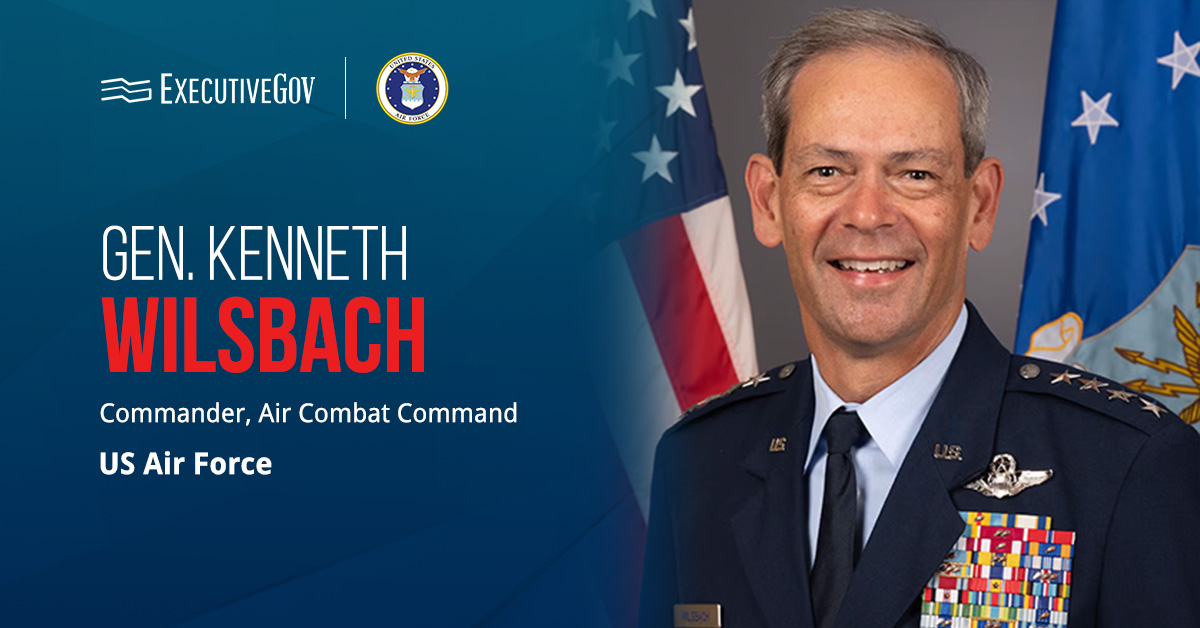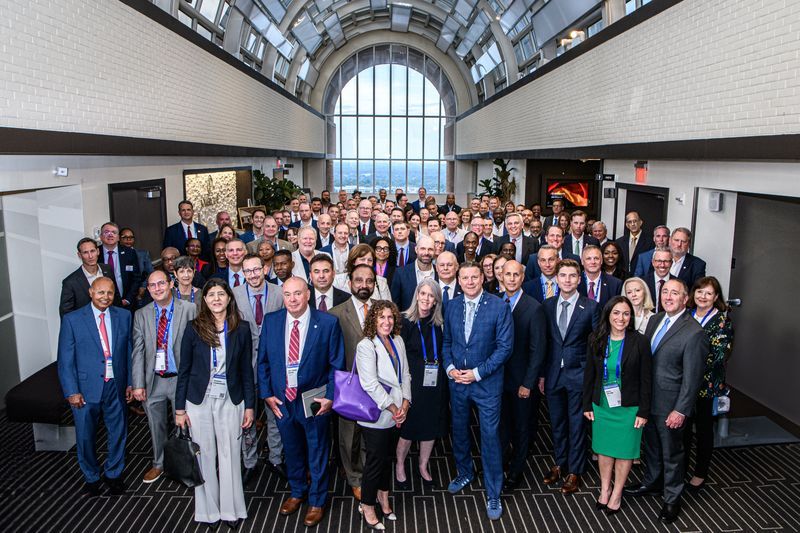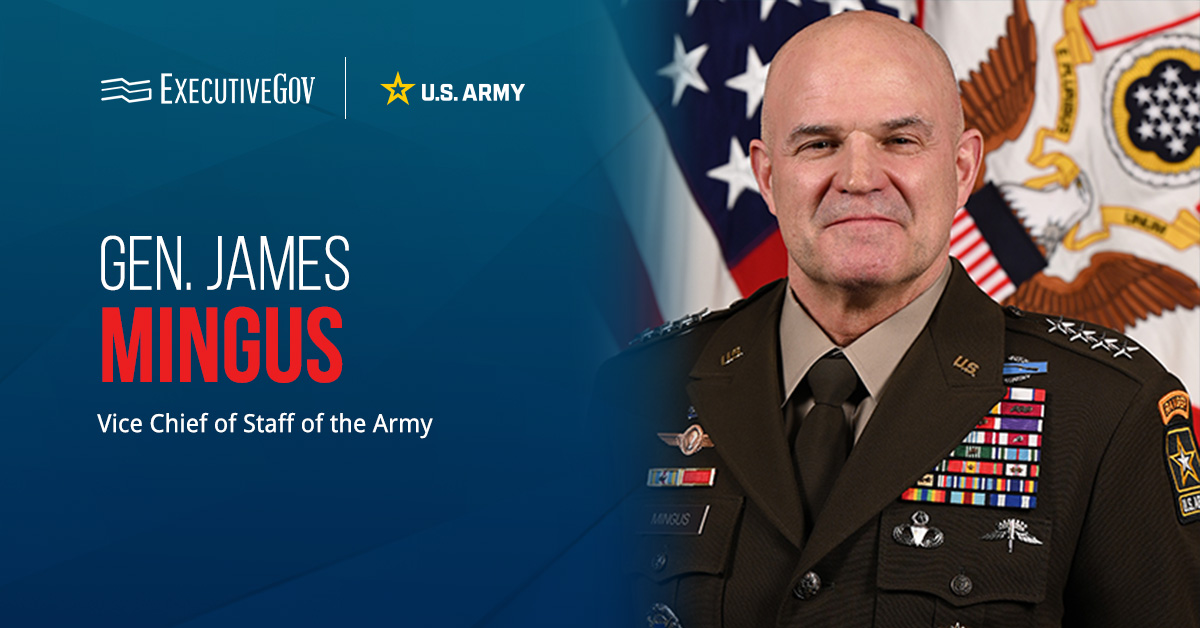The U.S. Air Force demonstrated the capabilities of the XQ-58A Valkyrie drone in paired human–machine air combat in a recent training exercise at Eglin Air Force Base, Florida. The test involved pilots of an F-16C Fighting Falcon and an F-15E Strike Eagle, who each controlled flying Valkyrie autonomous collaborative platforms, or ACPs, the Air Force Research Laboratory said Thursday.

Learn about the U.S. Air Force’s top priorities in expert panel and keynote sessions at the 2025 Air and Space Summit on July 31!
Table of Contents
Drone Advantages in Affordability, Flexibility
AFRL considers the demo as pivotal for integrating ACPs in air combat to lessen pilot workload and enhance situational awareness for mission success. With their semi-autonomous features, ACPs offer affordability and runway flexibility in high-risk environments, the lab noted. The platforms can also serve as force multipliers that enable their operators to retain strategic controls, AFRL added.
Gen. Kenneth Wilsbach, Air Combat Command chief, said the ACP test focuses on U.S. warfighters’ needs in evolving, complex battlefields requiring sharper combat capabilities to maintain air superiority.
“We are committed to innovation and integrating ACPs through these kinds of demanding, operator-driven evaluations that allow us to learn rapidly and enhance our human–machine teams,” the Air Force official stressed.
Companies With Stakes in ACPs
Kratos Defense & Security Solutions developed the experimental XQ-58A Valkyrie in partnership with AFRL, with an initial test conducted in August 2023. The lab provided the artificial intelligence software to enable the drone to operate alongside manned jetfighters for a variety of missions, such as surveillance and electronic warfare.
In January 2024, Boeing, Lockheed Martin, Northrop Grumman, Anduril and General Atomics were also awarded Air Force contracts to design and build a next-generation fleet of unmanned aerial vehicles designed to fly in coordination with crewed platforms.














